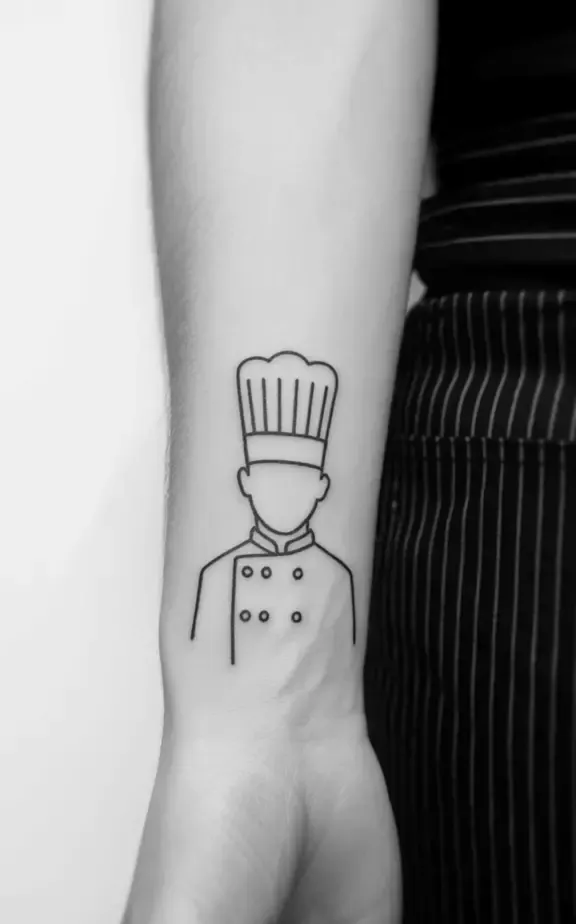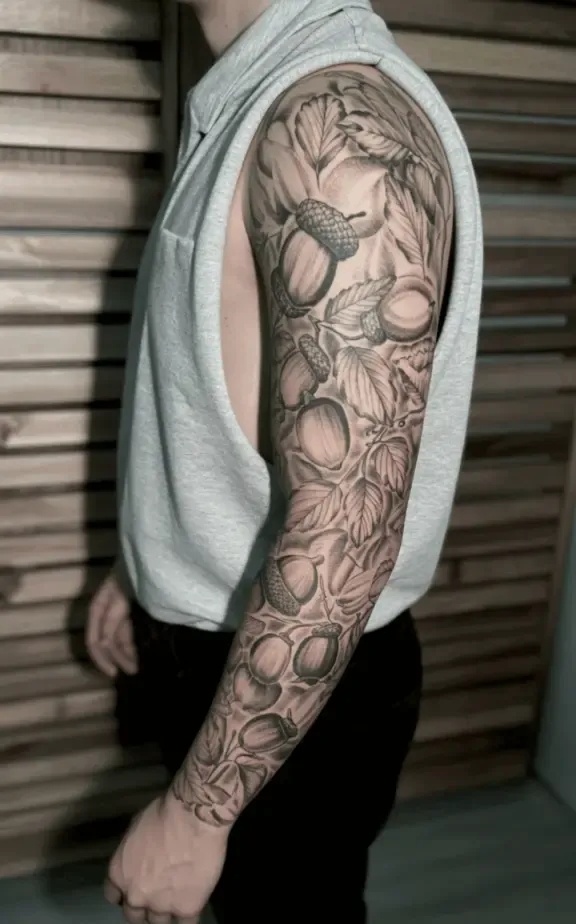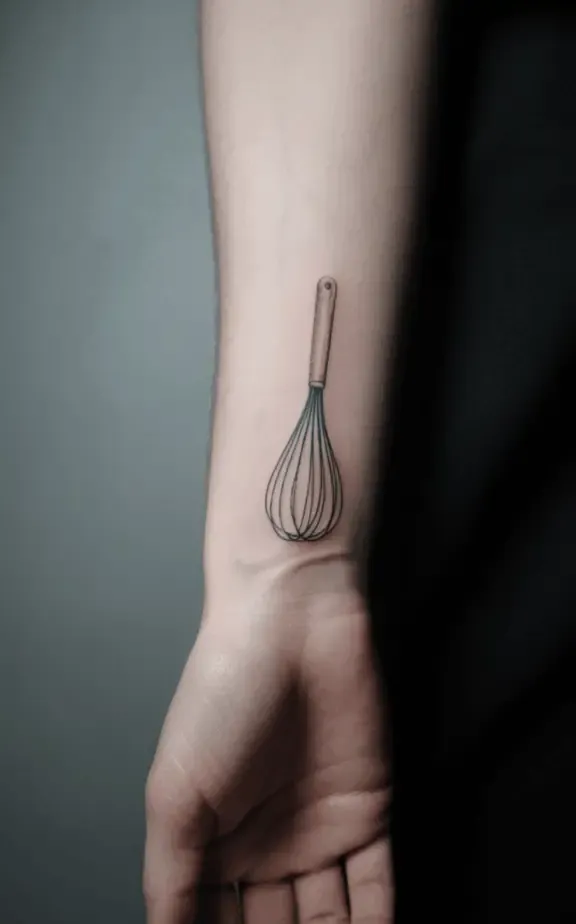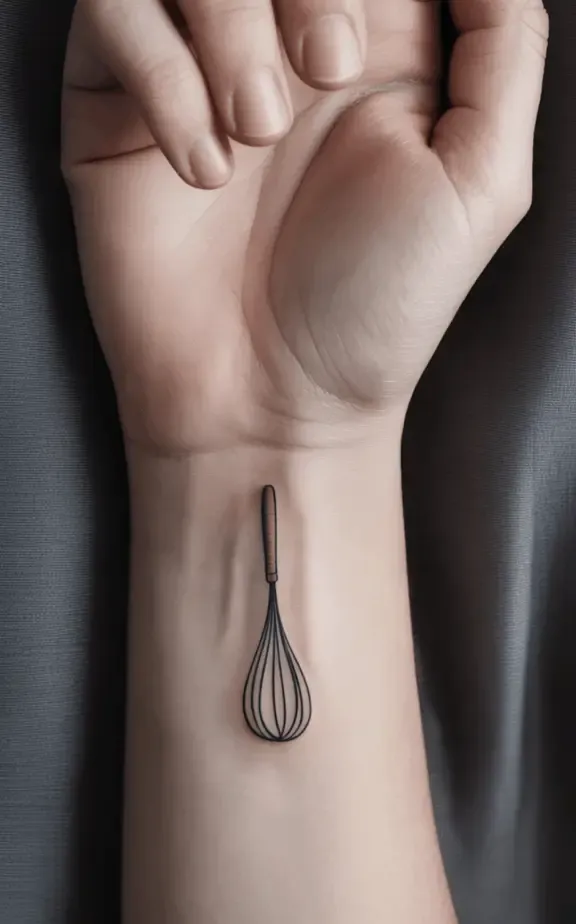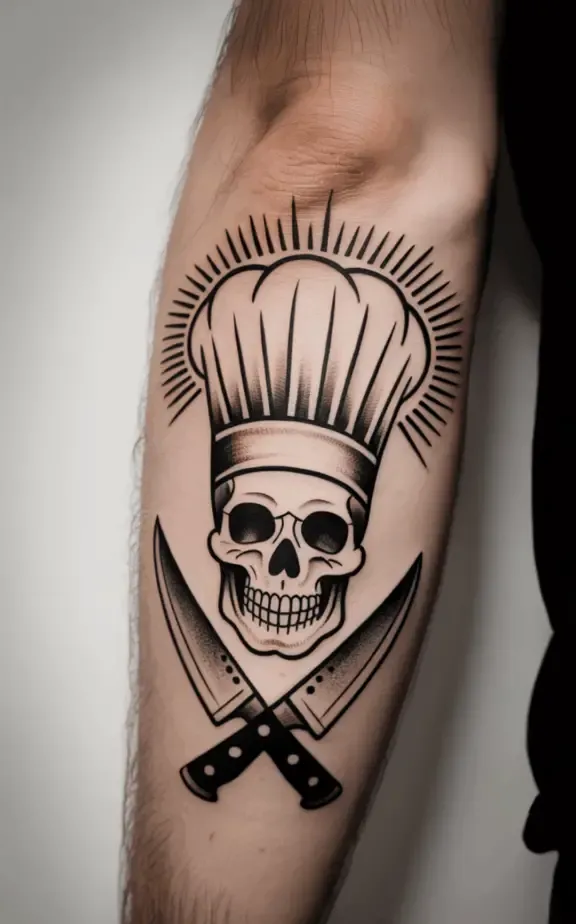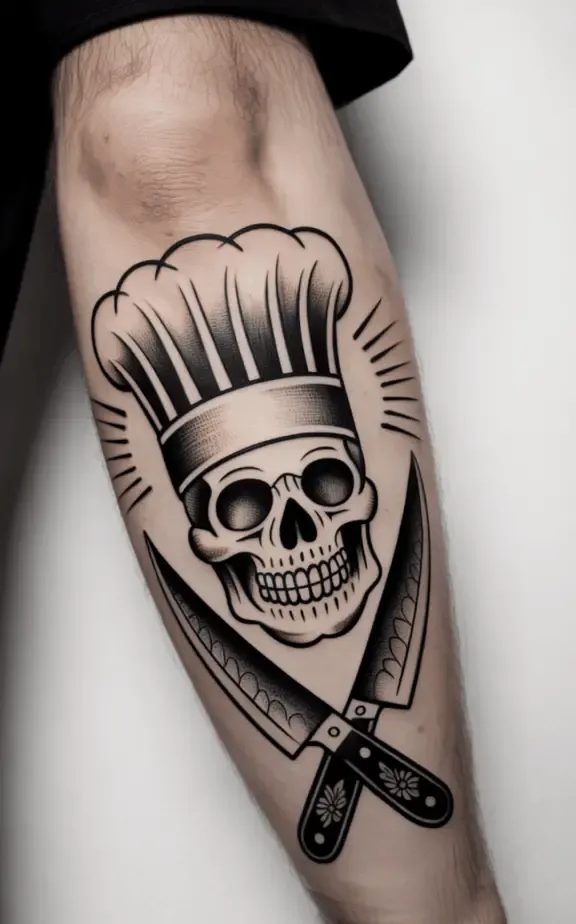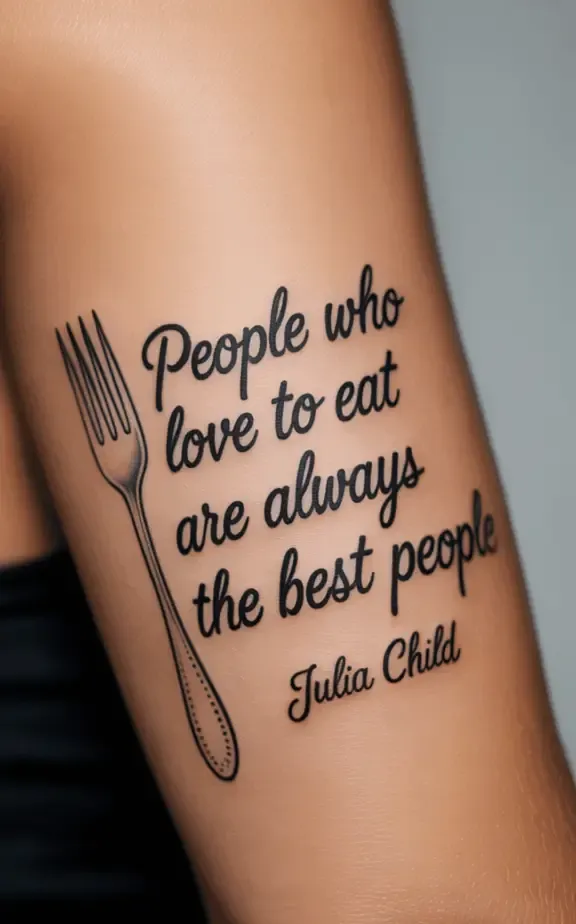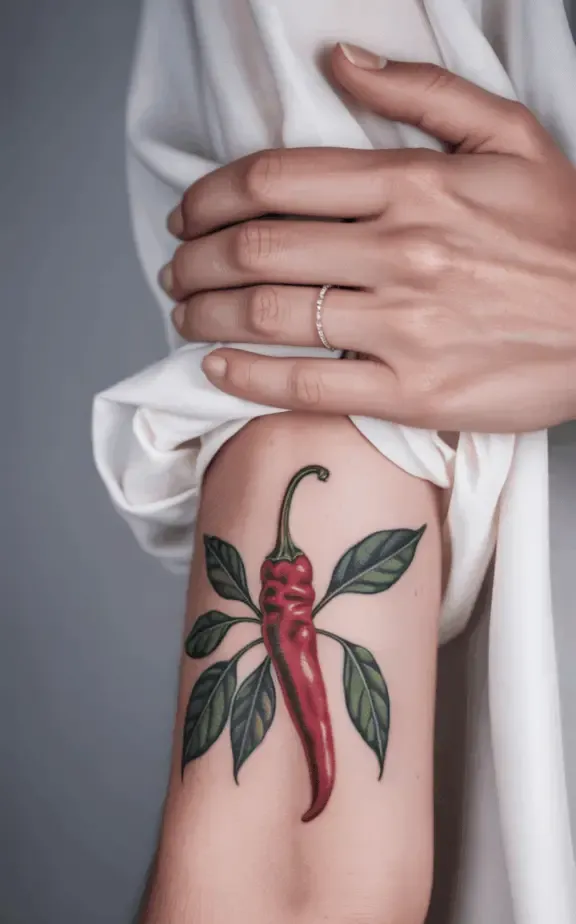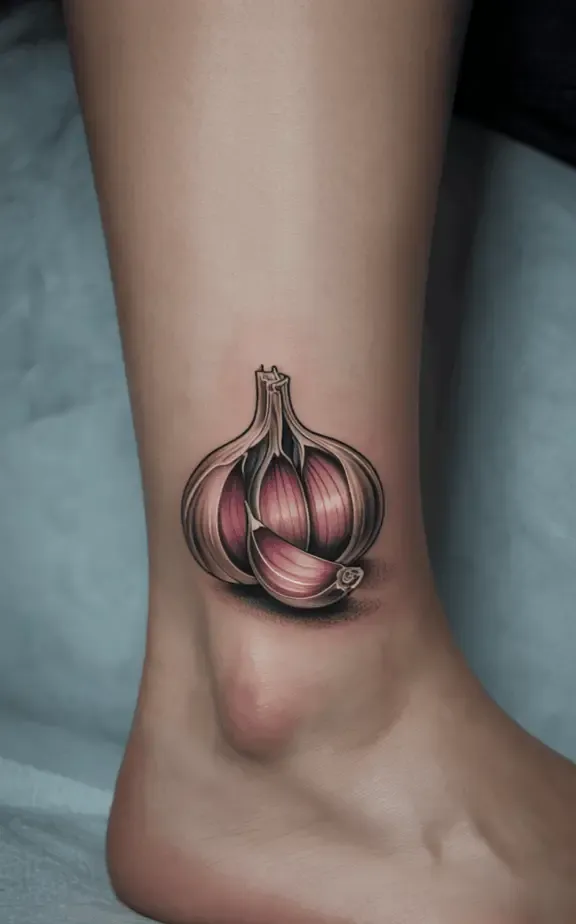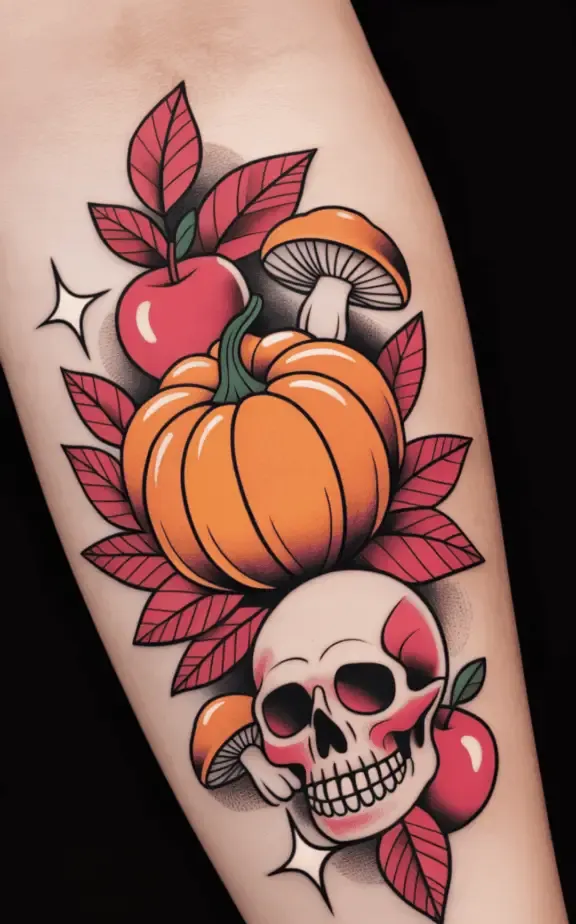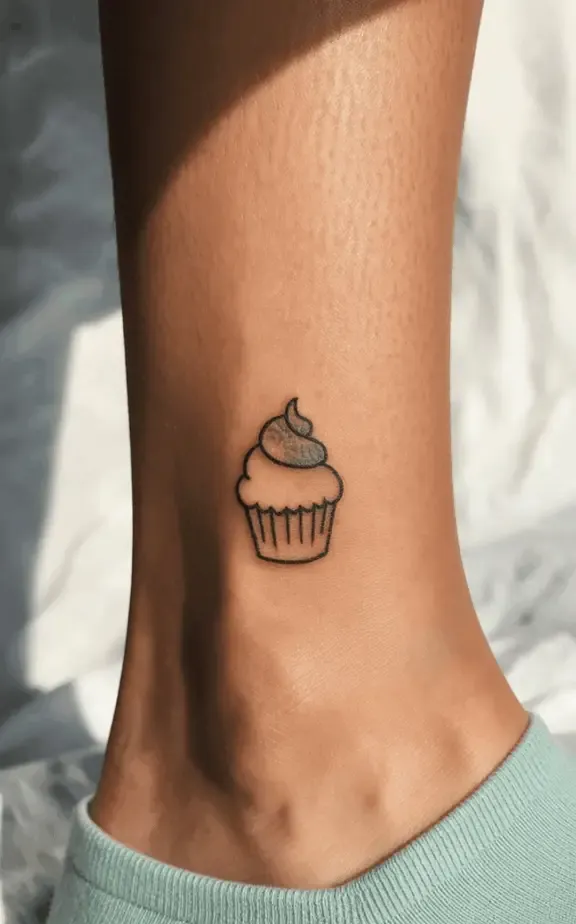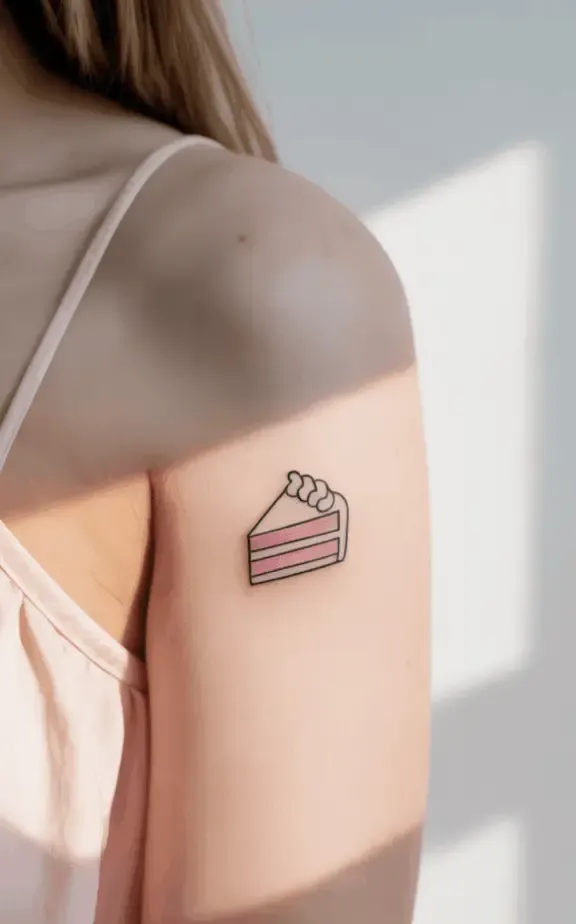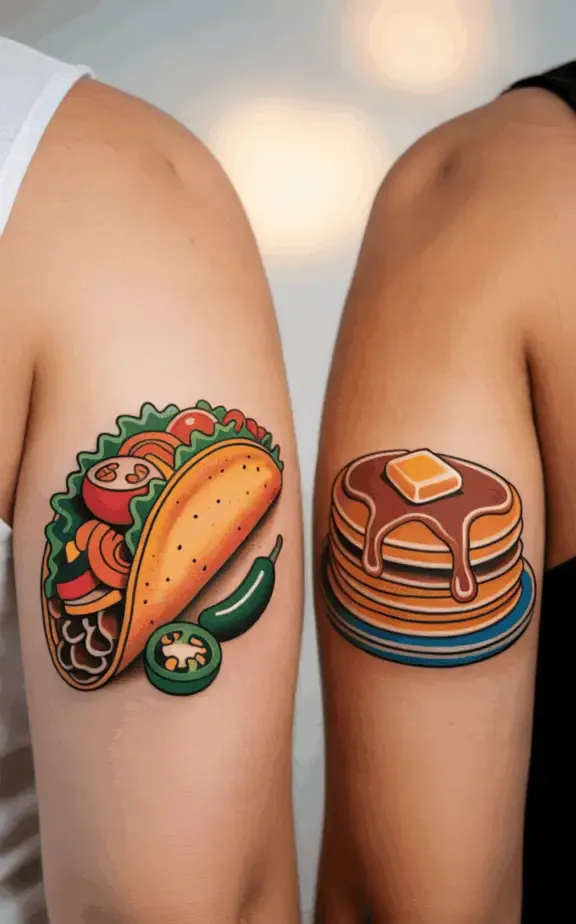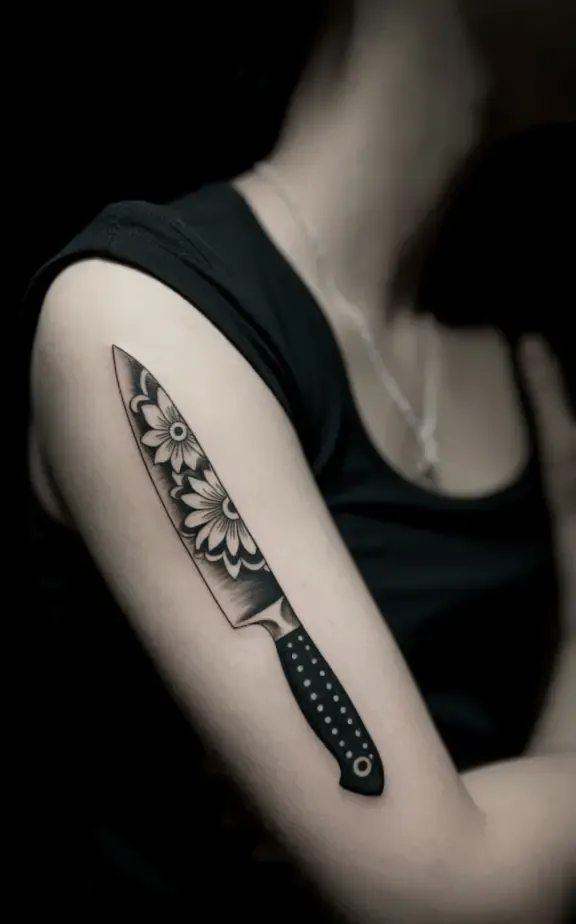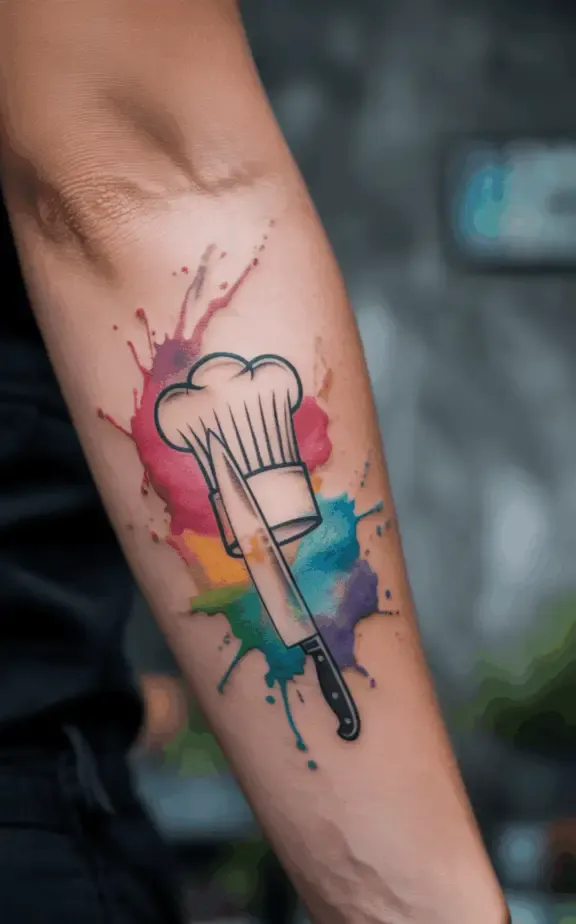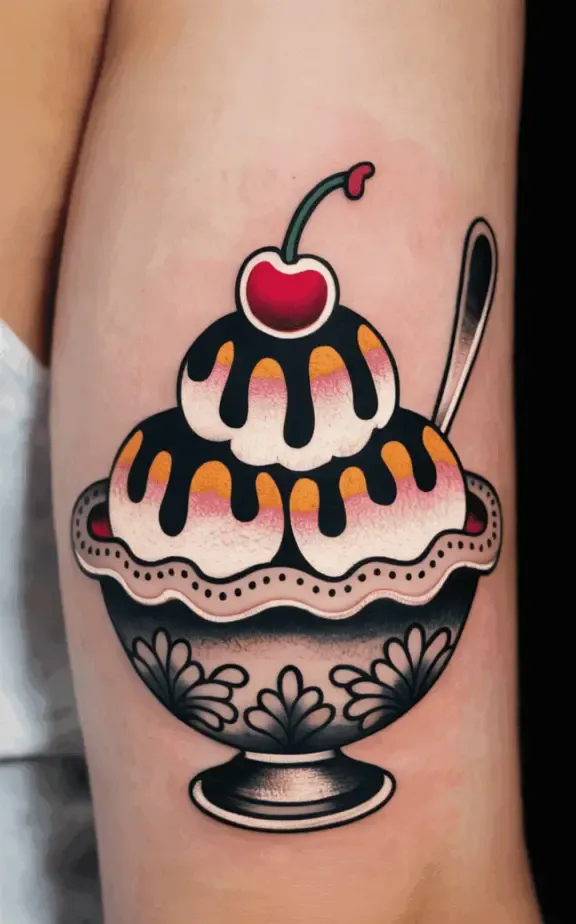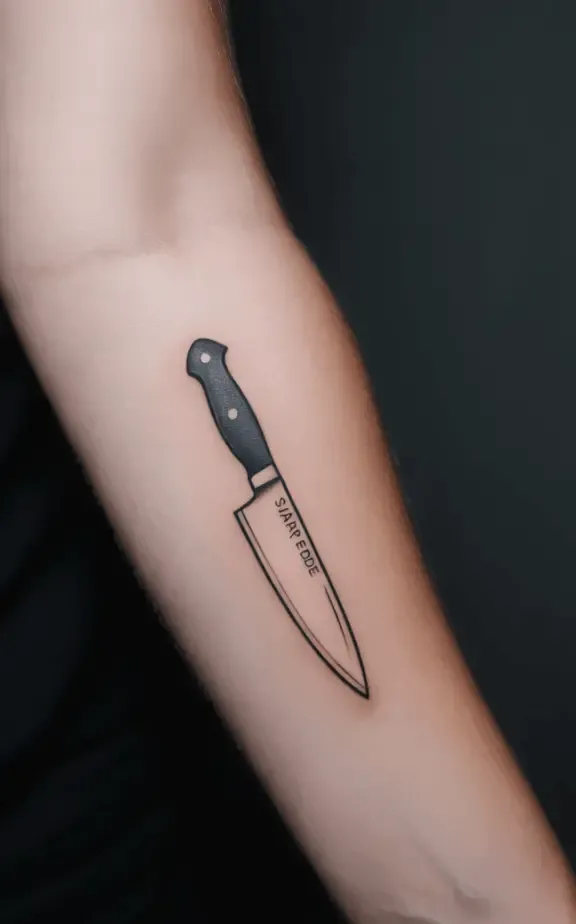Chef Tattoo Ideas and Designs (30+ Cool Ideas)
Tattoos have become an unmistakable part of culinary culture, with chefs around the world using ink to tell their stories, showcase their passions, and express their individuality. From iconic chef s knives and vibrant ingredients to full-sleeve culinary masterpieces, these tattoos are more than just decoration. They re a celebration of the artistry and intensity that define a chef s life.
The Meaning Behind Chef Tattoos
Chef tattoos go far beyond mere decoration they are powerful symbols of identity, commitment, and creativity within the culinary world. For many chefs, tattoos serve as permanent markers of their dedication to the craft, representing both individual expression and a sense of belonging to a unique, often nonconformist community.Â
The act of getting inked, especially in highly visible places like hands or necks, can signify a deep commitment to the kitchen lifestyle, sometimes even acting as a point of no return sealing their fate as lifelong culinary professionals.
Tattoos in the chef community also function as badges of resilience and toughness, qualities essential for thriving in the demanding, high-pressure environment of professional kitchens.Â
Many chefs use tattoos to commemorate significant milestones, pay homage to their roots, or honor mentors and loved ones who have influenced their journey. For example, a chef might tattoo a favorite ingredient, a meaningful culinary phrase like mise en place, or even a symbol of their heritage, making each piece of ink a chapter in their personal and professional story.
Beyond personal meaning, chef tattoos often embody a spirit of rebellion and innovation. The kitchen has historically attracted individuals who defy convention, and tattoos have become a way for chefs to assert their independence and creativity. This nonconformity is now celebrated, with tattoos serving as both a form of self-promotion and a visual testament to the artistry that defines modern cooking.
Popular Chef Tattoo Designs
Chef tattoos are as diverse and creative as the culinary world itself, often blending symbolism, personal meaning, and artistry. Here are some of the most popular and meaningful designs that chefs commonly choose:
Chef s Knife Tattoos
The chef s knife is the quintessential symbol of the profession, representing skill, precision, and dedication. These tattoos range from minimalist line drawings to highly detailed, neo-traditional styles featuring knives paired with other kitchen elements like flames, skulls, or chef hats. Some designs incorporate unique color palettes or cosmic themes, making a bold statement about mastery and passion in the kitchen.
Food-Inspired Tattoos
Many chefs opt for tattoos of their favorite ingredients or dishes, celebrating their culinary passions. These can include realistic depictions of meats, vegetables, spices, or desserts, often rendered with vibrant colors and fluid designs that convey freshness and artistry. Such tattoos highlight the chef s devotion to quality and their love for the raw materials of their craft.
Chef Tools and Minimalist Designs
A trio of essential kitchen tools such as knives, whisks, and spatulas often appears in elegant or minimalist tattoos. These designs emphasize the motion and rhythm of cooking and are ideal for chefs who prefer subtle yet meaningful ink. Minimalist tattoos with clean lines and small culinary symbols are increasingly popular for their understated style.
Chef Hat and Skull Tattoos
The chef s hat symbolizes authority, seniority, and pride in the profession. Some chefs combine this with skull imagery to express resilience, toughness, and a fearless attitude toward the demanding kitchen environment. These tattoos often carry a rebellious edge, blending traditional tattoo motifs with culinary themes.
Culinary Quotes and Typography
Inspirational phrases like Yes Chef,â Chef Life,â or famous culinary quotes (e.g., Anyone can cook, but only the fearless can be greatâ) are popular choices. These tattoos serve as daily reminders of a chef s dedication, philosophy, and identity within the kitchen.
Ingredient and Botanical Tattoos
Herbs, spices, and other botanical elements such as chili peppers, basil, garlic, or star anise are common motifs. These tattoos symbolize the layers of flavor and creativity chefs bring to their dishes and often reflect their culinary style or cultural influences.
Other Popular Themes
- Too many cooksâ tattoos, referencing the famous proverb, to express kitchen dynamics or humor.
- Bakery-themed tattoos like cupcakes or pastries for pastry chefs.
- Cookware tattoos featuring pots, pans, or casserole dishes as a nod to the tools of the trade.
- Recipe card tattoos that immortalize iconic recipes or personal culinary milestones.
These popular chef tattoo designs not only celebrate the craft but also serve as a personal and artistic expression of the chef s journey, passion, and identity in the culinary world.
Tattoo Styles and Artistic Approaches
Chef tattoos come in a wide variety of artistic styles, allowing each chef to express their culinary passion in a way that matches their personality and aesthetic preferences. Here are some of the most popular tattoo styles and approaches seen in chef-inspired ink:
Traditional and Neo-Traditional
These styles feature bold lines, vibrant colors, and classic tattoo motifs. Traditional chef tattoos often include iconic symbols like chef knives, hats, or skulls in uniform, rendered with strong outlines and shading. Neo-traditional designs add more detail and depth while maintaining the boldness, making them visually striking and timeless.
Minimalist and Line Work
Minimalist tattoos use clean, simple lines and often monochrome ink to convey culinary themes with elegance and subtlety. Popular minimalist designs include small knives, spoons, or spatulas drawn with precise outlines. This style is favored by chefs who want meaningful tattoos that are understated and versatile.
Realistic and Hyper-Realistic
Some chefs opt for hyper-realistic tattoos that depict food items, kitchen tools, or even portraits of culinary mentors with photographic detail. These tattoos showcase artistry and skill, capturing textures and colors that bring the design to life on the skin.
Blackwork and Silhouette
Blackwork tattoos use solid black ink to create bold silhouettes or intricate patterns. Chef tattoos in this style might feature solid black knives, chef hats, or abstract culinary shapes, emphasizing form and contrast over color.
Watercolor and Abstract
Watercolor tattoos incorporate splashes of color and fluid brushstroke effects, often used to depict ingredients like herbs, spices, or vibrant dishes. This style adds an artistic, painterly quality that reflects the creativity and flair of chefs.
Tattoo Care in the Kitchen
Caring for a new tattoo as a chef presents unique challenges due to the busy, hot, and often humid kitchen environment, which can affect healing and increase the risk of infection. Proper aftercare is essential to ensure your tattoo heals well and retains its vibrancy.
1. Keep it Clean and Dry:Â Immediately after getting inked, follow your tattoo artist s instructions on when to remove the initial bandage (usually after 2-4 hours). Gently wash the tattoo 2-3 times daily with lukewarm water and a fragrance-free, antibacterial soap to remove any blood, plasma, or ink residue. Pat dry with a clean towel avoid rubbing.
2. Moisturize Appropriately:Â Apply a thin layer of fragrance-free, hypoallergenic moisturizer or tattoo-specific ointment to keep the skin hydrated and prevent excessive scabbing. Avoid over-moisturizing, which can clog pores and delay healing.
3. Avoid Excessive Moisture and Friction:Â Prolonged exposure to water, such as long showers, baths, swimming, or saunas, should be avoided for at least two weeks. In the kitchen, try to keep the tattoo dry and protected from constant sweating and water splashes.
4. Protect from Contaminants:Â Kitchens can be dusty or greasy environments. Wear clean, breathable, loose-fitting clothing to cover the tattoo and protect it from dirt, grease, and potential irritants. Some chefs use cling film or bandages during shifts to shield the tattoo.
5. Avoid Scratching or Picking:Â Itching and peeling are normal during healing, but scratching can remove ink and cause scarring. Instead, gently pat or apply a cold compress if itching becomes uncomfortable.
6. Limit Sun Exposure:Â Keep the tattoo out of direct sunlight while healing. Once healed, apply sunscreen with SPF 30-50 to prevent fading.
7. Monitor for Infection:Â Watch for signs such as excessive redness, swelling, heat, or discharge. If these occur, seek medical advice promptly.
8. Maintain Overall Health:Â Staying hydrated, well-rested, and nourished supports faster healing.
